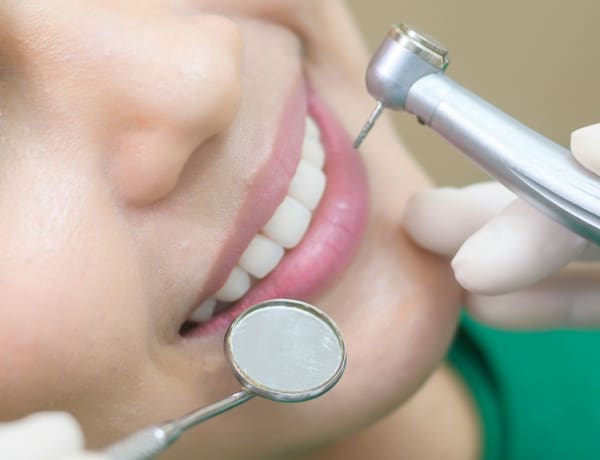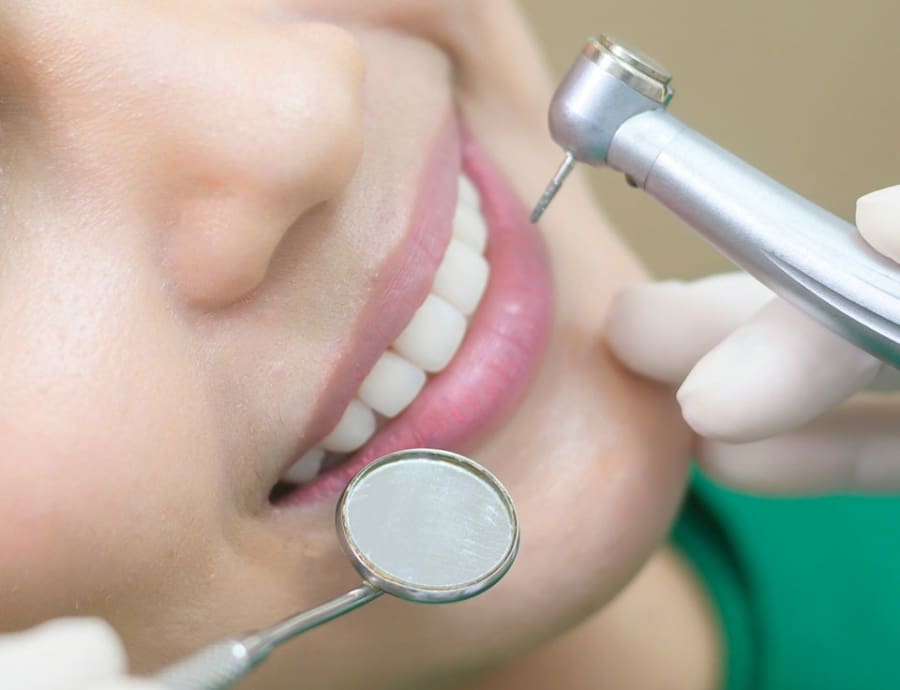This condition can range from minor chipping of the enamel to more severe fractures that extend into the inner layers of the tooth, including the dentin and pulp. Broken teeth can cause pain, sensitivity, and difficulty in chewing, and they may also affect the appearance of your smile. Depending on the severity, a broken tooth can lead to further complications, such as infection or tooth loss, if left untreated.
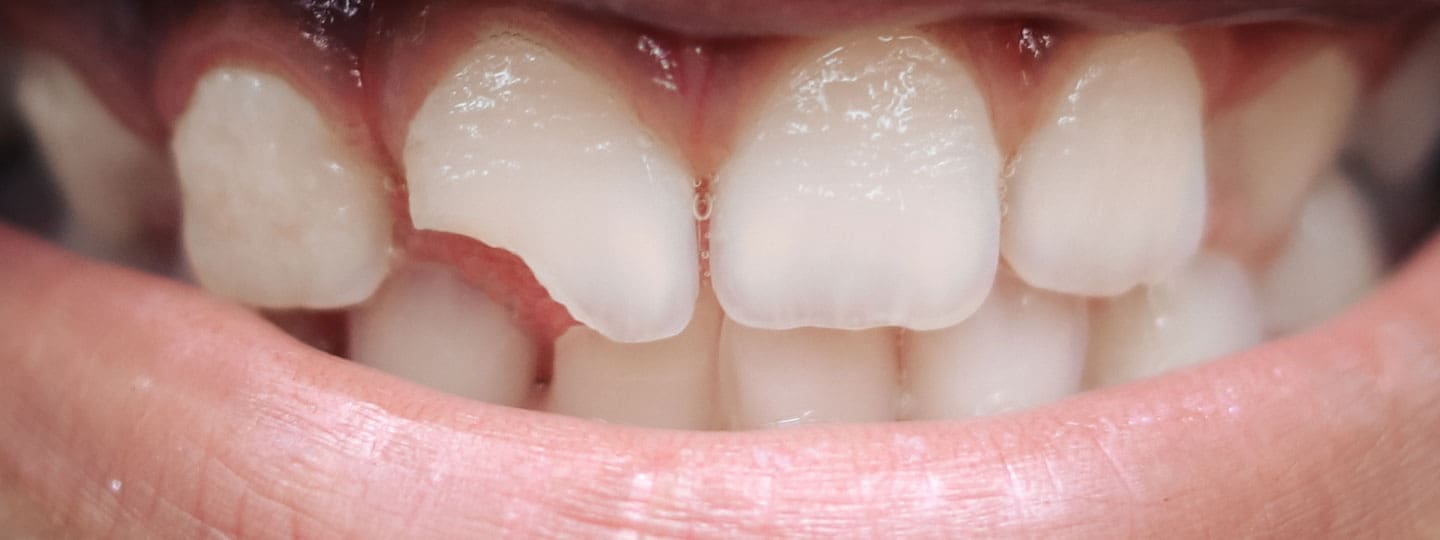
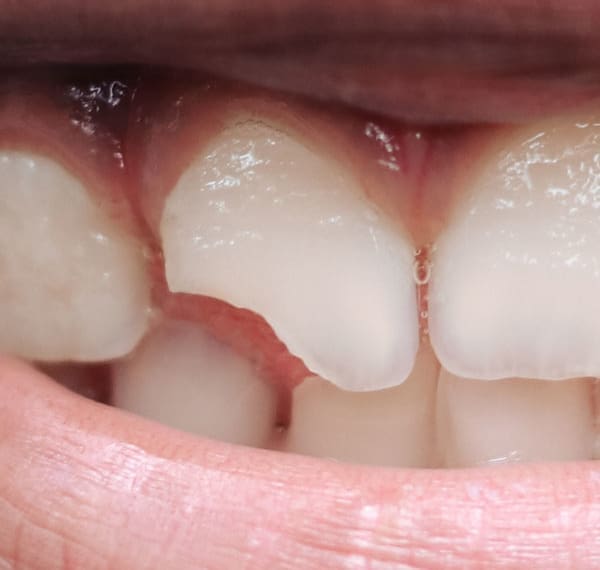
What Are Broken Teeth?
Broken teeth, also known as fractured teeth, occur when a tooth cracks, chips, or breaks due to trauma, decay, or biting down on something hard.
Common Causes Of Broken Teeth
Understanding the causes and treatment options for broken teeth is essential for managing the condition and preventing further damage.
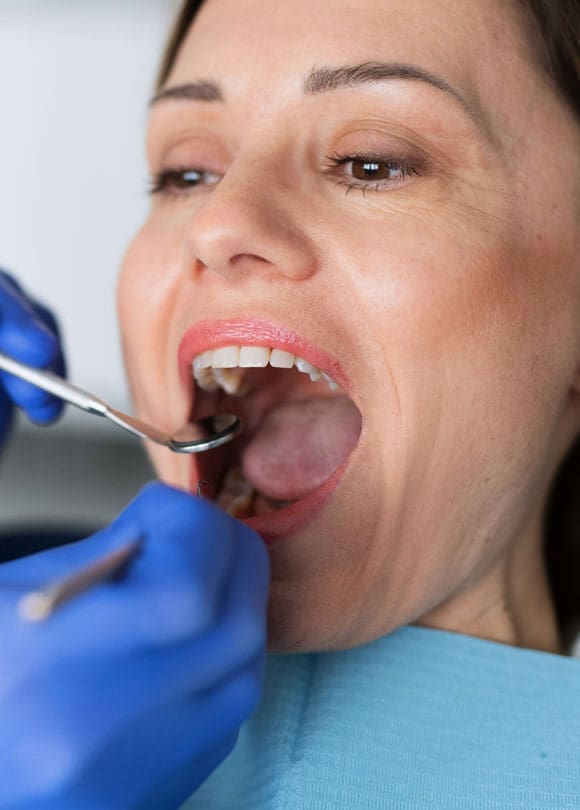
Trauma or Injury
One of the most common causes of broken teeth is physical trauma, such as a fall, a blow to the face, or an accident. These incidents can cause teeth to crack, chip, or break entirely.
Biting on Hard Objects
Biting down on hard foods, such as ice, nuts, or hard sweets, can lead to a broken tooth, especially if the tooth is already weakened.
Tooth Decay
Cavities weaken the structure of the tooth, making it more susceptible to breaking. If decay is extensive, the tooth may fracture under normal chewing forces.
Teeth Grinding (Bruxism)
Chronic grinding or clenching of teeth, often during sleep, can wear down and weaken teeth over time, increasing the risk of fractures.
Large Fillings
Teeth with large fillings or those that have undergone extensive dental work may be more prone to breaking, especially if the filling compromises the tooth’s structural integrity.
Treatment Options
Treatment for broken teeth depends on the extent of the damage. Common approaches include:
Composite Edge Bonding
For minor chips and cracks, dental bonding can be used to repair the tooth. A tooth-coloured resin is applied to the damaged area and shaped to restore the tooth’s appearance and function.
Crowns
For more significant breaks, a dental crown may be necessary. A crown is a custom-made cap that covers the broken tooth, providing strength and protection while restoring its shape and size.
Root Canal Treatment
If the break exposes the tooth’s pulp, a root canal may be required to remove the damaged tissue and prevent infection. After the procedure, a crown is usually placed to restore the tooth.
Porcelain Veneers
For front teeth with minor damage, porcelain veneers can be an aesthetic option. Veneers are thin shells that cover the front surface of the tooth, improving its appearance and protecting it from further damage.
Tooth Extraction
In cases where the tooth is severely damaged and cannot be repaired, extraction may be necessary. The missing tooth can then be replaced with an implant, bridge, or denture.
Summary
In summary, broken teeth can result from various causes, including trauma, decay, and biting on hard objects. Prompt treatment is crucial to restore the tooth’s function, prevent pain and sensitivity, and avoid further complications. Depending on the severity of the break, treatment options range from composite edge bonding and crowns to root canals and, in extreme cases, tooth extraction. Maintaining good oral hygiene and avoiding habits like teeth grinding can help prevent broken teeth.




